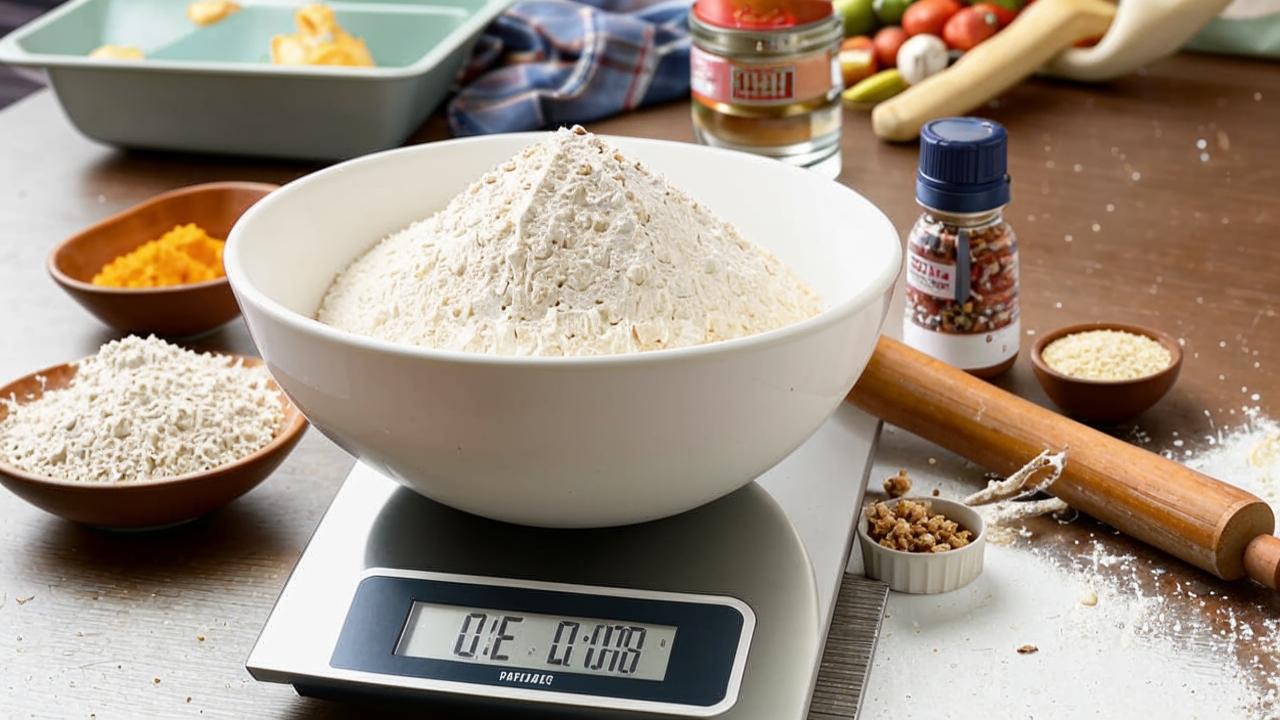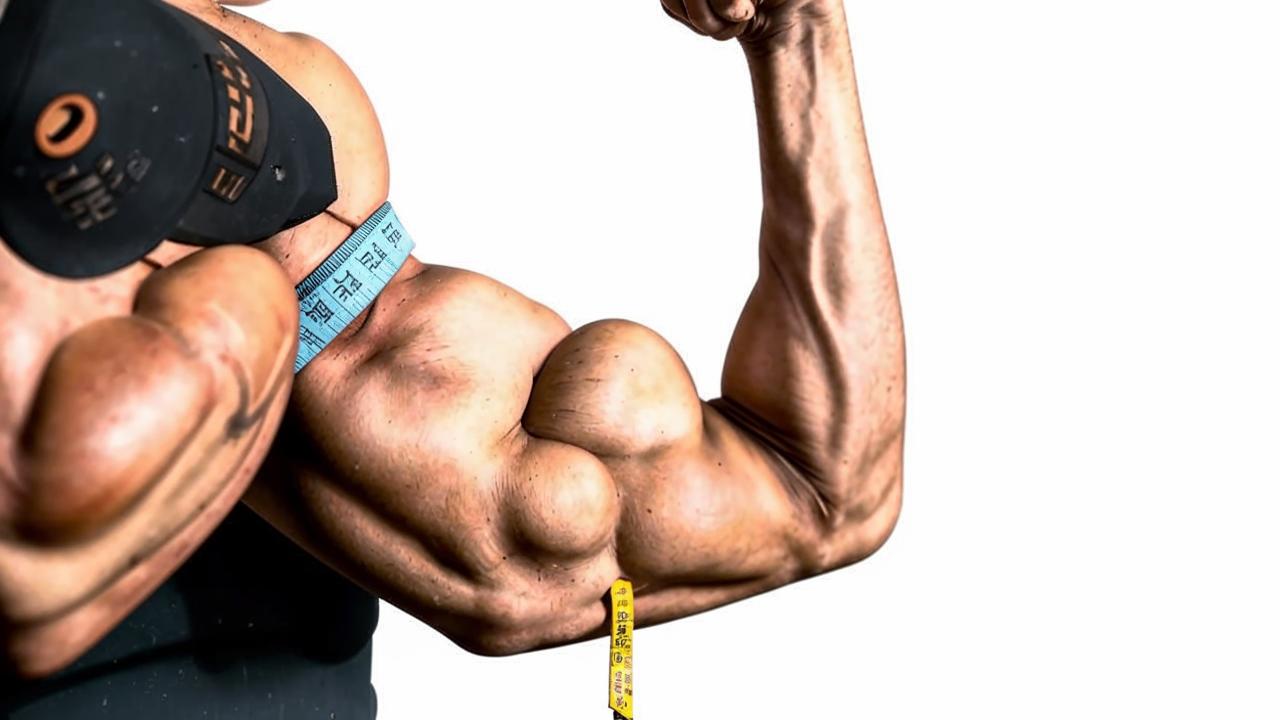We continue to talk about the most pressing issue – nutrition for those who want to achieve muscle mass growth. The topic is so complicated that its explanation is beyond the scope of this article. You can read the first part of the discussion at the link below.
And now, together with the “Championship” expert, wellness coach Andrey Semeshov, we try to understand the balance of proteins, fats and carbohydrates in the diet. Is it enough to count grams in order to get the desired relief?
Protein. The basis for muscle growth
We are interested, first of all, in the plastic function of proteins. This is the main building material for muscle tissues. Without proteins in the form of its constituent amino acids, building will simply not begin.
But let us remember that muscles are our excesses, and the body will start building them only if it has enough protein for its primary tasks. For example, maintaining the nervous system, immune function and many other things. That is, if we, in accordance with the recommendations of nutritionists, eat proteins at the rate of 0.8 grams per 1 kg of body weight, there will be no “bricks” left for new muscles. Sports science agrees that it would be too presumptuous to start talking about skeletal muscle hypertrophy for those who do not eat 1.5 grams per kg of weight per day.

To give you an example, 100 grams of raw chicken breast has about 20 grams of protein. Big Tasty, by the way, has 44.
And another important point is the completeness of this very protein. It is not enough to gain the norm in grams, you need to make sure that your body gets the whole set of amino acids that make up these proteins. Otherwise, the building conveyor belt can suddenly stop if some important element is not delivered in time.
The “gold standard” in terms of protein is considered to be the chicken egg. Dairy products can be put on a par with it in terms of protein content. However, beef, fish, seafood and poultry meat are also guaranteed to provide all twenty amino acids.
Only vegetarians are at risk. Not only that plant food is not rich in proteins, but also there are gaps in amino acids. Therefore, if you adhere to such a system of nutrition, you will have to study the issue separately and combine different cereals, nuts and so on.
Fats. Correct work of the organism
A very important (second after proteins) component of food. Of course, its obvious role is to provide us with energy. This includes the reserve in the form of strategic deposits on the hips, abdomen or other “problem” places, depending on individual characteristics. Only “degreasing” the diet is guaranteed to lead to severe consequences.
Among other things, a full-fledged “fat basket” guarantees the normal operation of the hormonal system, and this is a prerequisite for all processes in the body, including muscle building. Therefore, fats must necessarily be in the diet, about 1-1.5 grams per 1 kg of body weight.

Again, as with proteins, it would be too easy to limit ourselves to a quantitative approach alone. Fats are divided into saturated and unsaturated fats. That is, predominantly from animal sources and from plant sources. We need both. In roughly equal proportions. In practice, there are no problems with saturated ones (again, a separate story with vegetarians). So do not forget to include in your diet on a regular basis different vegetable oils (banal sunflower, olive, linseed and others), nuts, avocados, olives. And be sure to have deep-sea fish a couple times a week. Or buy a can of Omega-3 for backup.
Carbohydrates. Fast energy
Their main function is to provide us with available, quickly extractable energy for all processes, from thinking about where to go in the summer to bench presses.
In the classical approach to weight loss through the only way known to me (and consistent with science) – calorie manipulation – the first thing is to calculate the norms for proteins and fats, and carbohydrates are obtained on the residual principle and are most often the first to fall under the reduction. Exactly the same happens when you try to consciously overeat to build muscle mass.

With proteins and fats we have already figured out how much and what. Now let’s calculate carbohydrates. Let’s assume that our support (balance) ration is 1700 Kcal and our weight is 60 kg. This turns out to be 90 grams of protein, 60 grams of fat. Let’s convert it into calories: 1 gram of protein – 4 Kcal, 1 gram of fat – 9, we get 900 Kcal. This leaves 800 Kcal (1700-900). 1 gram of carbohydrates – 4 Kcal. Total carbohydrates need 225 grams.
Let me remind you that we proceeded from the conditions of energy balance. We have determined that we shift the balance towards a calorie surplus of 200. And the question arises – from what to gain these additional calories?
First of all, we remember that our body does not like muscles very much, they need a lot of energy. Therefore, it makes sense to spend all the excess calories mainly on carbohydrates. That is, to our 225 grams we add another 50 and….
… and nothing can work! Alas, even if you have acquired the most accurate scales in the world, carefully weigh and calculate each poppy dewdrop, having previously specified its caloric content and BGU according to the reference book, it is by no means a guarantee that the muscles will grow in principle, and certainly not at the rate that we have mathematically fantasized.
But you hang in there!
There are so many more variables behind the scenes. These include sleep, stress levels, and a derivative of this – hormonal background. In the end, the individual characteristics of the body, hereditary factors.
Therefore, all of the above calculations should be taken only as a rough guide, the direction of movement and the starting point.

That is, you know your tendency to accumulate fat just from one look at the showcase with eclairs? Really start increasing calories by 200 Kcal. Those who gain mass with great difficulty, you can start testing and level +500 Kcal per day.
And one more tip: do not start to grow, having frankly overweight. First get rid of excess fat, then – try to build muscle. Otherwise, it will not work out beautifully. I checked it out.






